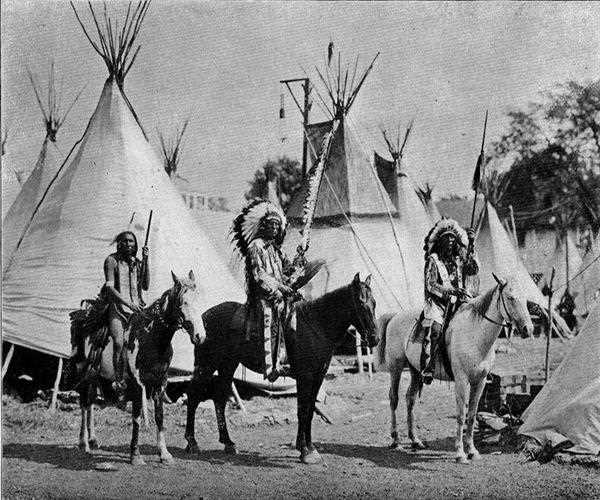Native Americans have a long and rich history, and in many cases, their values and beliefs have been passed down through the generations. When it comes to the roles and responsibilities of boys and girls, Native American tribes often treated them very differently. Native Americans have a long and complex history, and their treatment of boys and girls was no exception. Throughout the centuries, it was common practice for Native American tribes to treat boys and girls differently. This was primarily due to the gender roles that were assigned to each gender by the tribe, and within each tribe, these roles often varied.
First, boys were traditionally seen as the breadwinners and warriors of the tribe. Boys were usually given the responsibility of hunting and providing for the tribe, as well as protecting it from outside threats. As such, boys were expected to be strong and brave and were often given more freedom than girls. Boys were also expected to learn the skills necessary for hunting, such as how to track, how to make weapons, and how to use them.
Girls, on the other hand, were traditionally seen as the nurturers of the tribe. Girls were expected to stay at home and care for the family and the home. This included cooking, cleaning, and taking care of the children. Girls were also taught the important cultural values of the tribe, such as respect for elders, generosity, and self-sacrifice.

The main reason for this is that the roles of men and women were traditionally seen as distinct and separate. In most native American tribes, men played an active role in providing for the family. This included hunting and fishing, while women were responsible for the home and raising the children. As such, boys were expected to learn the skills necessary to be successful hunters and providers, while girls were taught the skills necessary to be successful homemakers and mothers.
In addition, there were often very specific expectations placed on boys and girls regarding their behavior and attitude. Boys were expected to be strong and brave, while girls were expected to be gentle and obedient. This was because it was believed that boys were necessary to protect the tribe and ensure its survival, while girls were needed to nurture and raise the children.
Another important factor in why native Americans treated boys and girls so differently was the idea of gender roles. In many native American tribes, gender roles were very strict and defined. Men were expected to take on the roles of protector, provider, and leader, whereas women were expected to take on the roles of nurturer and homemaker. This strict division of roles contributed to the differences in the way native American boys and girls were treated.
Finally, in some native American tribes, boys and girls were given different names to reflect the gender roles they were expected to take on. For example, a boy might be given a name like 'Kassem' which means 'strong and brave warrior', while a girl might be given a name like 'Kasi' which means 'gentle and obedient daughter'.
Overall, native Americans treated boys and girls differently because of their distinct roles and gender roles. While gender roles have changed over time, the idea of distinct roles for boys and girls is still present in some native American cultures today.